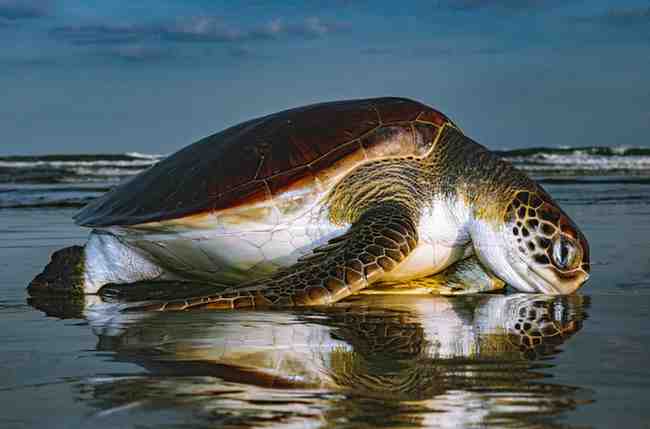
The recent discovery of fossil shells in Venezuela and Colombia sheds new light on Stupendemys geographicus, a behemoth turtle that roamed South American swamps millions of years ago.
Stupendemys holds the title of the largest known freshwater turtle, boasting a carapace reaching nearly 10 feet and weighing a staggering 2,500 pounds. Imagine a creature dwarfing even the largest humans – that was Stupendemys.
These gentle giants weren’t invincible, however. The bite marks on their shells reveal encounters with formidable predators like giant caimans. But Stupendemys had its own defenses. Males sported horns on their shells, offering protection during battles with rivals for mates.
The discovery of the lower jaw is a significant breakthrough. It not only confirms the diverse diet of fish, reptiles, and mollusks but also reveals their ability to crush seeds with their powerful jaws. This paints a more complete picture of their ecological role.
The extinction of Stupendemys is likely linked to the rise of the Andes mountains, which disrupted their once lush, swampy habitat.
Affectively, studying these giants helps us understand the evolution of modern turtles. The Amazon river turtle, although a hundred times smaller, is their closest living relative, sharing a similar diet.
These new fossils highlight the existence of giant turtles not only in marine environments but also in freshwater ecosystems. The sheer size of the newfound shell is a legacy to their evolutionary success.
This research unlocks a treasure trove of knowledge. It allows us to piece together the life history of Stupendemys, their interactions with other giants of the past, and the evolutionary path leading to modern turtles.
Future expeditions in northern South America hold the key to uncovering more about their origin, diversification, and relationships with other turtle species. Understanding these giants of the past is crucial for informing conservation efforts for their smaller relatives today.
This project is a legacy to the power of paleontology – it’s not just about digging up bones. It’s about reconstructing lost worlds, piecing together the puzzle of evolution, and using that knowledge to ensure a future for the turtles that still walk the Earth.


